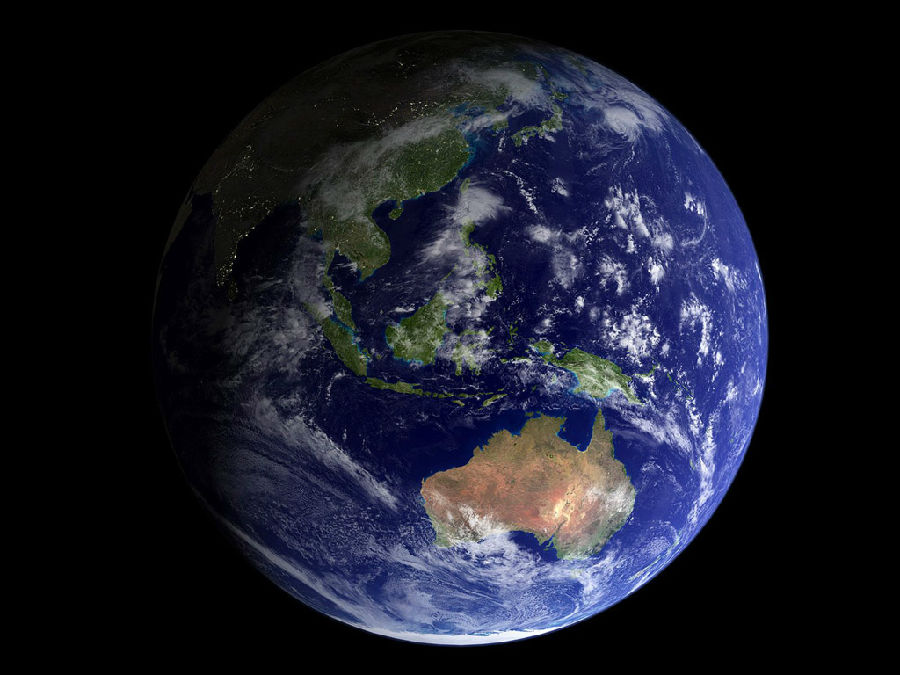测量小组有一次不得不停止工作8个月;同时,孔达米纳骑马去利马,解决一个许可证问题。他最后和布格互不说话,拒绝合作。这个人数越来越少的测量小组每到一处都让当地官员们心存狐疑。他们很难相信,这批法国科学家为了测量世界而会绕过半个地球。这根本说不通。两个半世纪以后,这似乎仍是个很有道理的问题。法国人犯不着吃那么多苦头跑到安第斯山脉,干吗不就在法国搞测量?

The answer lies partly with the fact that eighteenth-century scientists, the French in particular,seldom did things simply if an absurdly demanding alternative was available, and partlywith a practical problem that had first arisen with the English astronomer Edmond Halleymany years before—long before Bouguer and La Condamine dreamed of going to SouthAmerica, much less had a reason for doing so.
一方面,这是因为18世纪的科学家,尤其是法国科学家,办事很少用简单的办法。另一方面,这与一个实际问题有关。这个问题起源于多年以前--早在布格和孔达米纳梦想去南美洲之前,更不用说有理由这么做之前--英国天文学家埃德蒙·哈雷。
Halley was an exceptional figure. In the course of a long and productive career, he was a seacaptain, a cartographer, a professor of geometry at the University of Oxford, deputy controllerof the Royal Mint, astronomer royal, and inventor of the deep-sea diving bell. He wroteauthoritatively on magnetism, tides, and the motions of the planets, and fondly on the effectsof opium. He invented the weather map and actuarial table, proposed methods for working outthe age of the Earth and its distance from the Sun, even devised a practical method for keepingfish fresh out of season. The one thing he didn't do, interestingly enough, was discover thecomet that bears his name. He merely recognized that the comet he saw in 1682 was thesame one that had been seen by others in 1456, 1531, and 1607. It didn't become Halley'scomet until 1758, some sixteen years after his death.
哈雷是个不同凡响的人物。在漫长而又多产的生涯中,他当过船长、地图绘制员、牛津大学几何学教授、皇家制币厂副厂长、皇家天文学家,是深海潜水钟的发明人。他写过有关磁力、潮汐和行星运动方面的权威文章,还天真地写过关于鸦片的效果的文章。他发明了气象图和运算表,提出了测算地球的年龄和地球到太阳的距离的方法,甚至发明了一种把鱼类保鲜到淡季的实用方法。他惟一没有干过的就是发现那颗冠以他名字的彗星。他只是承认,他在1682年见到的那颗彗星,就是别人分别在1456年、1531年和1607年见到的同一颗彗星。这颗彗星直到1758年才被命名为哈雷彗星,那是在他去世大约16年之后。







